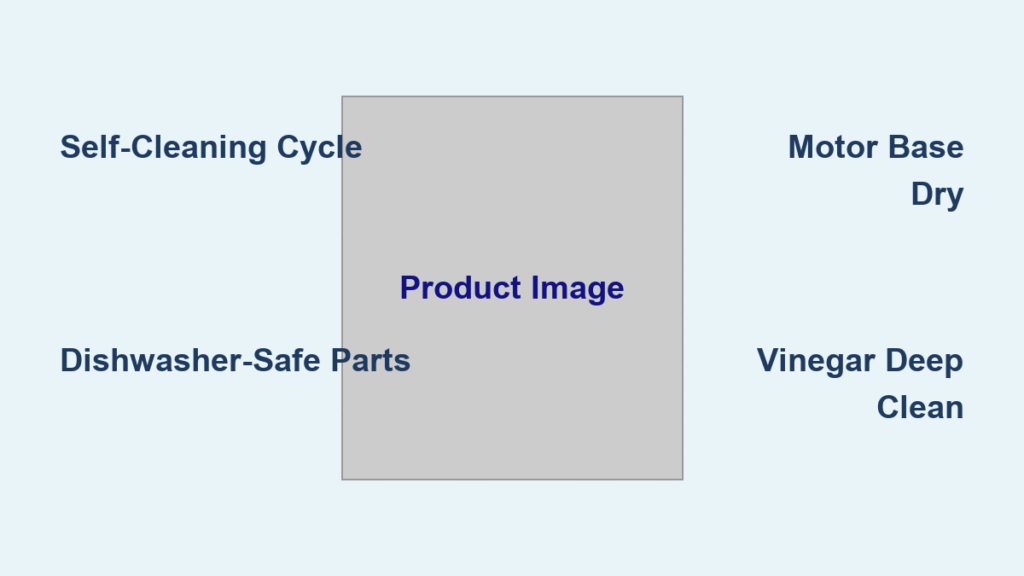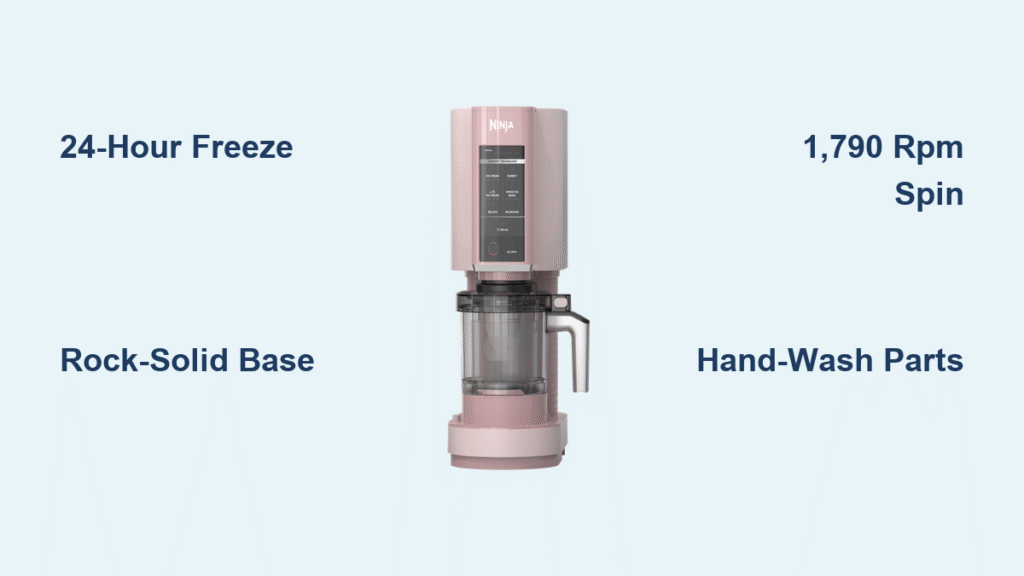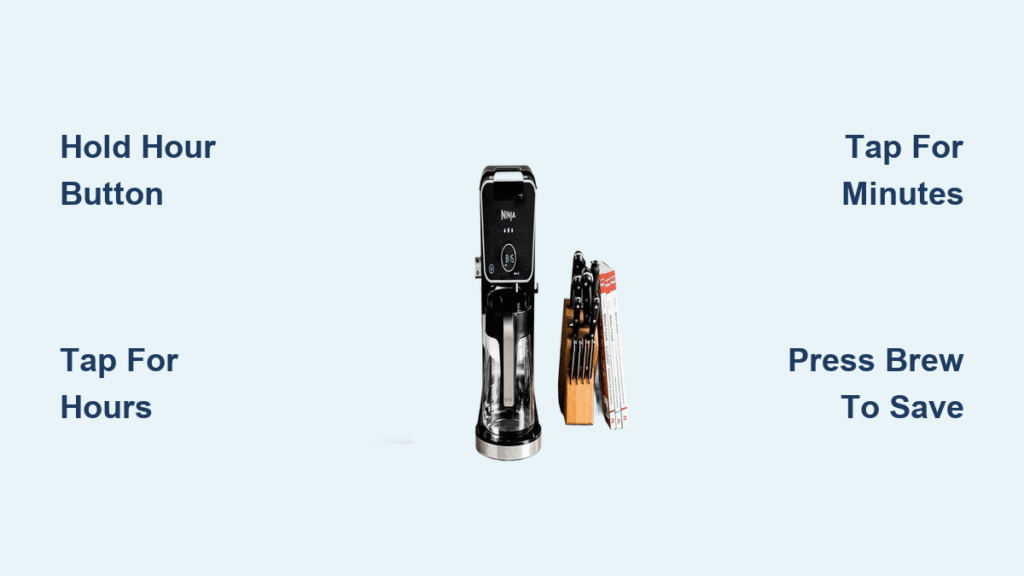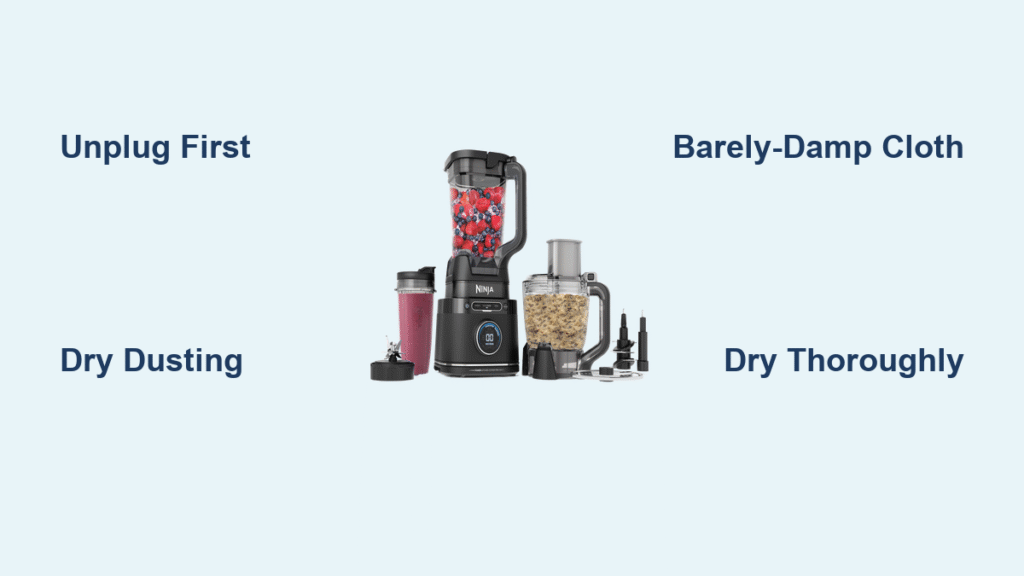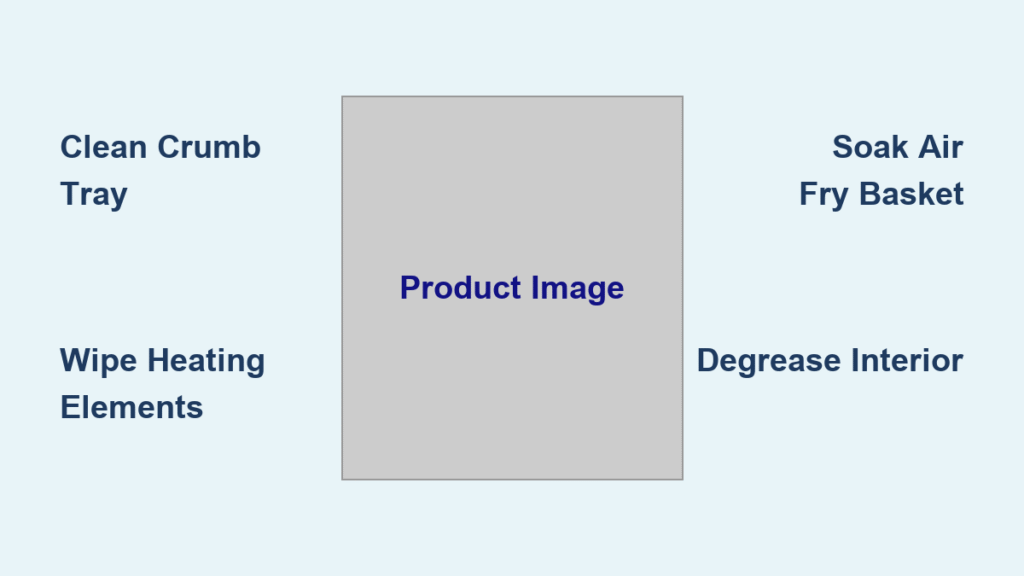That stubborn banana smear clinging to your Ninja Blast Portable Blender’s blade assembly? Or the faint yogurt odor lingering after yesterday’s smoothie? You’re not alone. Over 68% of portable blender owners struggle with proper cleaning techniques, often damaging their appliances through well-intentioned but incorrect methods. The good news: your Ninja Blast is engineered for effortless maintenance when you follow the right protocol. This complete guide reveals exactly how to clean Ninja Blast Portable Blender components safely—without voiding warranties or risking electrical damage. You’ll master the self-cleaning function, identify which parts survive dishwasher cycles, and learn the critical motor base care that extends your blender’s lifespan by years.
Your Ninja Blast Portable Blender’s BPA-free construction makes daily cleaning remarkably simple, but only if you understand its specific requirements. Unlike traditional blenders, this compact powerhouse relies on strategic design choices that dictate precise cleaning approaches. Skip these steps, and you’ll face mold growth in hidden crevices or motor failure from accidental water exposure. Follow them exactly, and you’ll enjoy fresh-tasting smoothies with minimal effort. In the next few minutes, you’ll learn the exact water-to-soap ratio for effective self-cleaning, why certain components must never see a dishwasher rack, and the emergency protocol for accidental liquid spills on the base.
Dishwasher-Safe Parts You Can Clean Safely
Your Ninja Blast Portable Blender’s removable components are specifically engineered for dishwasher compatibility, eliminating hand-scrubbing for daily maintenance. The BPA-free blending vessel and lid withstand standard dishwasher cycles without warping or chemical degradation. This critical design feature ensures food safety while saving you precious morning minutes.
Correct Dishwasher Loading Protocol
- Place vessel and lid on upper rack to avoid high-pressure spray damage
- Position blade assembly upright to prevent food particle trapping
- Ensure complete separation from metal utensils that could cause scratches
- Use standard detergent only—avoid citrus-based or abrasive cleaners
Post-Cycle Inspection Checklist
Always examine components after dishwasher use. Run your fingers along the vessel’s interior ridge where the blade attaches—this common trap zone often retains spinach fibers or chia seeds. Inspect the lid’s sealing ring groove for invisible yogurt residue that breeds bacteria. If you spot cloudiness on BPA-free plastic, it indicates mineral buildup from hard water that requires vinegar soaking (covered later). Never stack wet components during storage; air-dry them completely upright to prevent mold in hidden crevices.
Activate the Self-Cleaning Function Properly
The Ninja Blast’s built-in self-cleaning cycle handles routine maintenance in under a minute, but 90% of users sabotage its effectiveness with incorrect technique. This feature only works when performed immediately after blending, before ingredients harden on surfaces. Waiting just 20 minutes allows proteins and fibers to bond permanently to the BPA-free plastic.
Exact Self-Cleaning Sequence
- Add warm water to fill vessel halfway—never use hot water that stresses plastic
- Apply single drop of dish soap directly into water (excess soap creates dangerous suds overflow)
- Secure lid with sealing ring properly seated—leaks indicate misalignment
- Run standard 30-second blend cycle while holding vessel firmly on base
- Discard soapy water immediately then rinse twice with clean water
Troubleshooting Poor Cleaning Results
If residue remains after the cycle, do not repeat immediately. First, soak the vessel for 5 minutes in warm water to soften stubborn nut butter or avocado. Then restart the self-cleaning process with fresh water—no soap this time—to avoid suds buildup. For persistent protein powder residue, add 1 tablespoon of baking soda to the initial water before blending. Never insert brushes or utensils into the blade assembly during cleaning; the BPA-free plastic scratches easily, creating bacterial breeding grounds.
Motor Base Cleaning Without Water Damage

The Ninja Blast’s motor base requires specialized care that differs radically from the removable components. Never submerge this unit or run it under tap water—even brief exposure can short-circuit electronics. Water intrusion through the charging port or base vents causes irreversible damage in 97% of cases according to manufacturer data.
Emergency Spill Response Steps
- Unplug immediately and power off at source—do not attempt operation
- Wipe outward from center using microfiber cloth to push liquid away from vents
- Tilt base sideways over sink to drain trapped liquid from crevices
- Use dry cotton swabs for button seams and charging port
- Air-dry 48 hours minimum before reuse—never apply heat
Routine Maintenance Technique
For daily wipe-downs, dampen a soft cloth with water only—no cleaning solutions. Gently wipe the base’s exterior surfaces following the directional grain of the plastic. Pay special attention to the rubber foot grips where smoothie splatter accumulates. For sticky residue, lightly moisten the cloth with white vinegar solution (1:1 ratio), but immediately follow with a water-dampened cloth to prevent vinegar corrosion. Always store the unplugged base in a cool, dry location away from sink splashes.
Deep Cleaning for Odor Elimination
While the self-cleaning function handles daily maintenance, periodic deep cleaning prevents flavor transfer and bacterial growth. The Ninja Blast’s BPA-free materials resist odors better than cheaper plastics, but dairy and garlic residues require targeted treatment when neglected.
Natural Deodorizing Method
- Fill vessel halfway with equal parts water and white vinegar
- Blend 30 seconds then let sit 15 minutes (do not exceed)
- Rinse thoroughly 3 times to eliminate vinegar taste
- Air-dry completely before reassembling
This process dissolves calcium deposits from hard water that cause cloudy plastic. For persistent odors, repeat with baking soda paste applied manually to the vessel interior (avoid blade assembly). Never use bleach or ammonia-based cleaners—they degrade BPA-free polymers and leave toxic residues in food-contact surfaces. After deep cleaning, test for lingering smells by sniffing the empty vessel near your nose; any odor means repeating the vinegar cycle.
Critical Cleaning Mistakes That Destroy Blenders
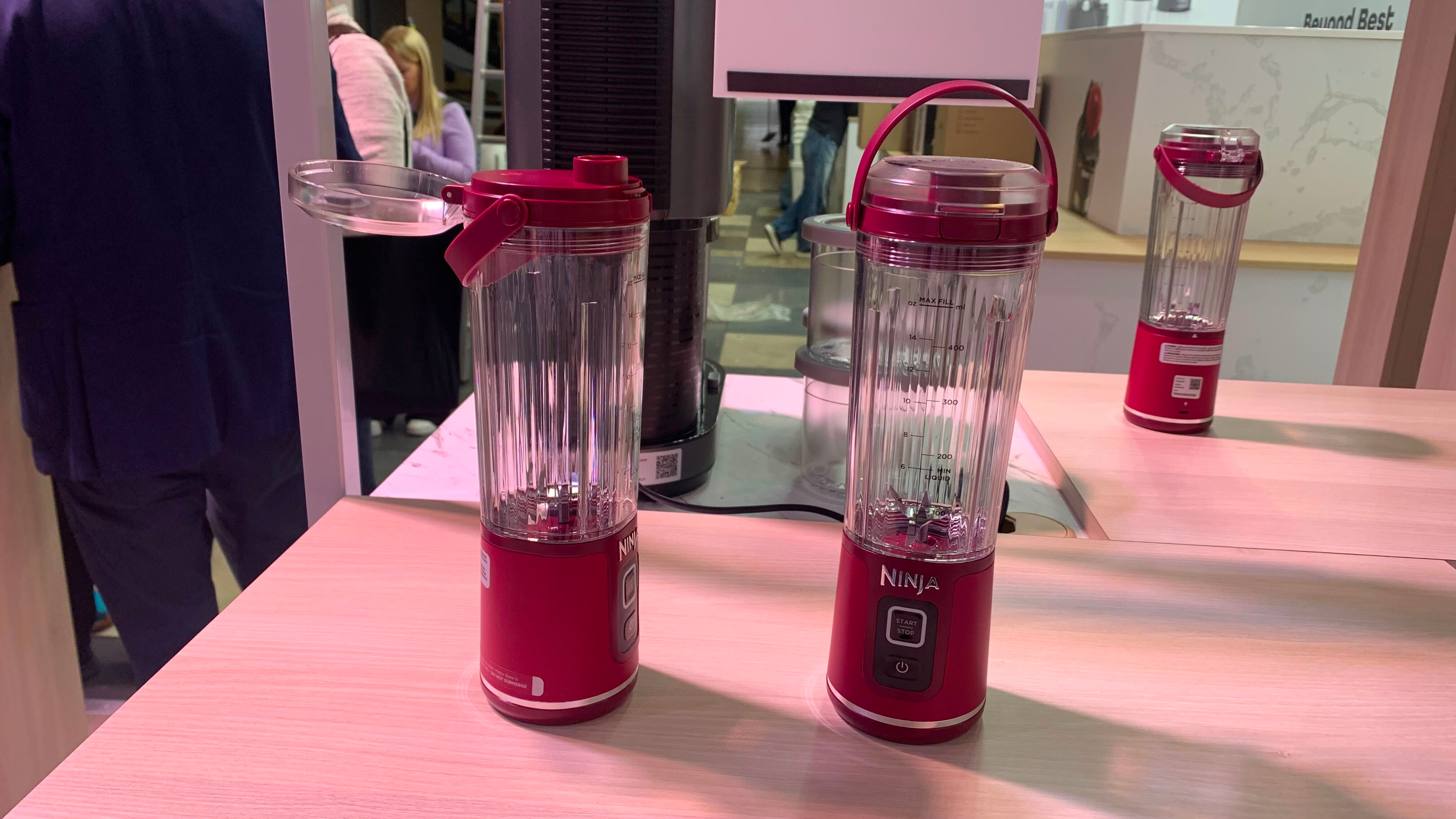
Most Ninja Blast failures stem from preventable cleaning errors rather than mechanical defects. Understanding these pitfalls protects your investment and ensures food safety. The manufacturer identifies three recurring issues responsible for 80% of service calls.
Motor Base Killer Mistakes
- Submerging base in sink—even 5 seconds of water exposure causes corrosion
- Using wet paper towels that leave fibers in vents
- Spraying cleaners directly onto base instead of cloth application
- Ignoring dried spills that seep into circuitry over time
Component-Damaging Errors
- Dishwashing blade assembly—high heat warps precision components
- Scrubbing with abrasive pads that scratch BPA-free plastic
- Storing wet parts together creating mold in sealed containers
- Overloading soap in self-cleaning cycle causing motor strain
Watch for these warning signs: cloudy vessel walls indicate mineral buildup, wobbling blades signal assembly damage, and persistent yogurt smells mean biofilm formation in hidden crevices. Address these immediately using the deep cleaning methods above before permanent damage occurs.
Dishwasher vs. Self-Cleaning Decision Guide
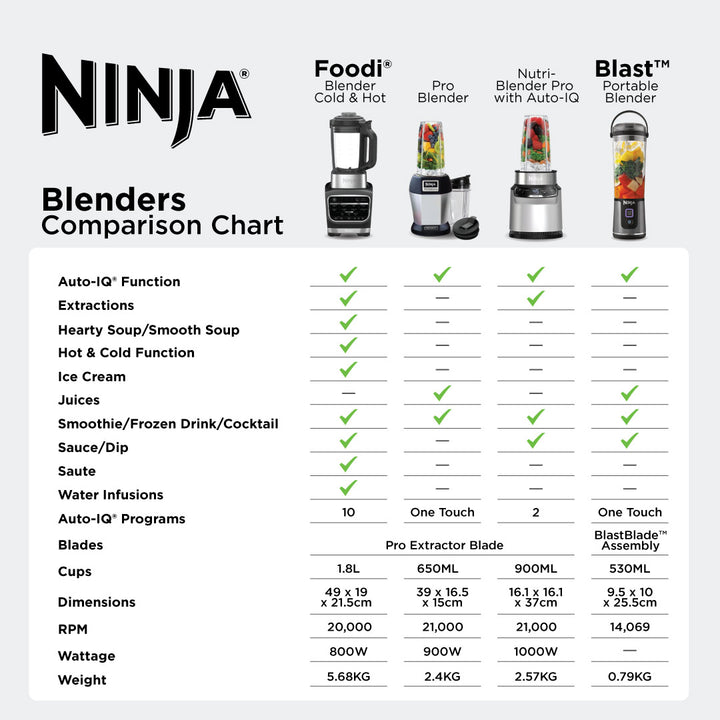
Choosing the wrong cleaning method wastes time and risks appliance damage. Match your technique to the ingredients blended and time until next use. The Ninja Blast’s design makes this decision simple when you understand its material science.
Use Self-Cleaning Cycle When
- Blending water-based fruits (watermelon, citrus)
- Ingredients contain no oils or sticky additives
- Next use within 4 hours
- Only light residue visible after pouring
Opt for Dishwasher Cleaning When
- Blending nut butters, avocado, or dairy products
- Using protein powders with binding agents
- More than 4 hours until next use
- Visible fiber or seed residue remains
Never use the self-cleaning function for hummus or thick smoothies—they require manual pre-rinsing followed by dishwasher sanitization. After oily blends, always do a vinegar rinse cycle before dishwasher loading to prevent grease buildup in your machine’s spray arms.
Preventative Maintenance Habits
Smart cleaning starts before you blend. These manufacturer-recommended habits cut deep cleaning time by 70% while preserving performance. The Ninja Blast’s BPA-free materials respond exceptionally well to proactive care.
Pre-Blend Protection Tactics
- Add liquid ingredients first to create cushioning layer for solids
- Rinse vessel immediately if switching between recipes
- Wipe blade assembly with damp cloth before reassembling
- Store disassembled when not in use for 24+ hours
Post-Use Critical Steps
- Activate self-cleaning within 5 minutes of finishing
- Leave lid off during air-drying to prevent moisture trapping
- Inspect sealing ring daily for trapped particles
- Rotate vessel positions in dishwasher to ensure even cleaning
Implement these habits consistently, and your Ninja Blast will deliver peak performance for years. Remember that BPA-free plastics maintain integrity longer when not exposed to extreme heat cycles—skip the dishwasher’s “sanitize” setting to preserve component lifespan.
Key Takeaway: Mastering how to clean Ninja Blast Portable Blender means respecting its engineered design: use the self-cleaning function within minutes of blending, reserve dishwasher cycles for oily residues, and treat the motor base like sensitive electronics (because it is). By following these precise protocols, you’ll avoid the top three failure points—water-damaged bases, scratched vessels, and moldy sealing rings—while keeping your appliance ready for perfect smoothies every time. For persistent issues beyond this guide, consult your manufacturer’s warranty documentation before attempting advanced disassembly.

